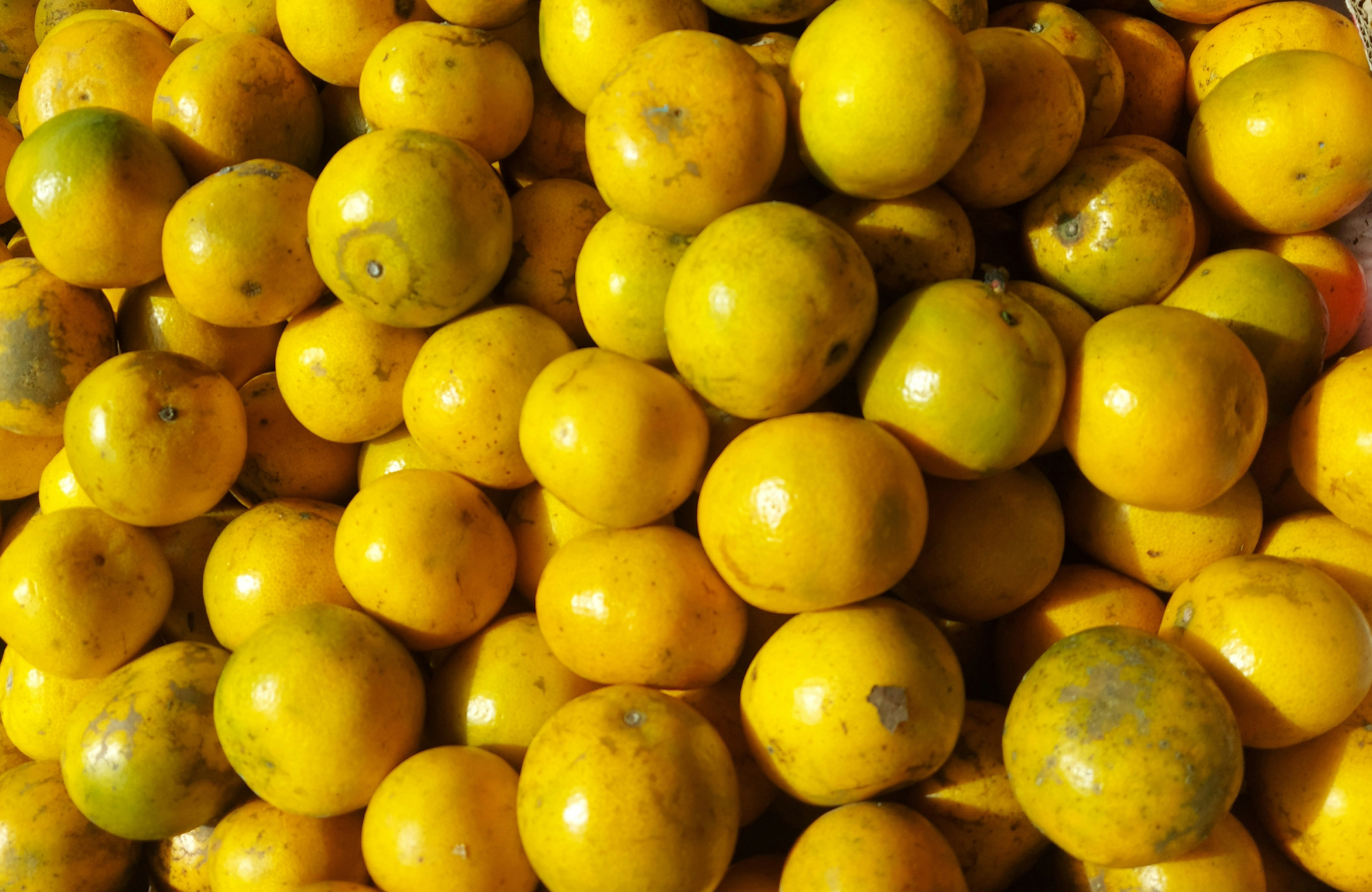Origin and history of Aronia
It is hardly known and yet it is one of the nutritionally most valuable berries in our culture: the purple-black aronia berry. Aronia (Aronia melanocarpa) originally comes from eastern North America. The Native Americans were the first to recognize the healing power of the small berries and use them for themselves. Due to current studies and remarkable research results, the "medicine cabinet" of the Indians has now been rediscovered. In particular, its high antioxidant potential and the ability to protect our cells from oxidative stress make the Aronia a valuable power fruit.
Oxidative stress - what is it?

The human body needs oxygen to live. Important metabolic processes for generating energy are not possible without oxygen. During these complex processes, however, unavoidable ones arise In betweenProducts of oxygen, the highly reactive and are aggressive. They are called free radicals. Stress, cigarette smoke, alcohol, air pollution and UV light can promote the formation of free radicals. But sporting activity can also lead to an increased formation of free radicals. (1) If the formation of free radicals exceeds a healthy concentration, one speaks of "oxidative stress".
Too much free radicals can damage or even destroy body cells. Permanent oxidative stress can promote the development of various diseases.(1) Many diseases in western industrialized nations can be traced back to free radicals. (5) Premature aging, the development of cardiovascular diseases, cancer, Alzheimer's and age-related eye diseases such as cataracts and macular degeneration (AMD) are considered possible consequences of permanent oxidative stress. (4).
Antioxidants - Natural protection for the cells
Free radicals in the body can be rendered harmless with the help of so-called antioxidants. Antioxidants bind themselves with the free radicals - that's why they are also called free radical scavengers. It is important that the body is regularly supplied with sufficient antioxidants "from the outside", as the body cannot produce them itself. Vitamins C and E and the trace element zinc are considered effective antioxidants. However, even more effective are the plant substances anthocyanins as a natural cell protection, which are mainly contained in dark berries. (4).
Aronia - power berry for active cell protection
Current research has determined that, compared to other berries, aronia has the highest content of so-called free-radical scavengers, which is why it can have an extremely cell-protecting effect in the organism. It outshines the antioxidant superfruits pomegranate and cranberry (Fig. 1). The dark violet pigments, the so-called anthocyanins, of the berries are responsible for this antioxidant power. Compared to other fruits, aronia has the highest content of anthocyanins and thus the highest content of health-promoting antioxidants for active cell protection, as confirmed by the Cancer Research Institute in Heidelberg and the Institute for Nutritional Physiology.(1)
Anthocyanins have a number of positive preventive effects on health and also have a positive effect on the immune system. They are considered powerful antioxidants, anti-inflammatory and vasoprotective.(6)
A study conducted on rowers showed that aronia protects against oxidative damage during exercise. The aronia juice is said to be able to limit exercise-related oxidative damage to the red blood cells. The authors of this study suspect that aronia anthocyanins support the body's antioxidant defense system (2).
Dark berries protect against infections
US researchers have found that some migratory birds have found a tried and tested way of protecting themselves against infection: before they fly between summer and winter territories, they do a little preventative diet and ingest excessive amounts of dark berries, which are rich in antioxidants and such contribute to strengthening the immune system. The long journey from north to south means enormous physical strain for the birds and not only saps the strength of the birds, but also challenges the body's own protective mechanisms. Because the exertion that the animals have to perform leads to increased oxidative stress, which is triggered by free radicals. This would make migratory birds more susceptible to infection and inflammation(3).
Which AgilNature® products contain Aronia?
| Product | milligram | * NRV |
| CarnitinAgil | 50mg pro Tablet | ** |
*Nutrient Reference Value = Percentage of the reference value according to Annex XIII of the Food Information Regulation (EG) No. 1169/2011.** No recommendation available.
Literature:
- Mehrwald R. (2007): The high antioxidant potential of the native Aronia berry (Aronia melanocarpa). Comed 05/07: 1-4
- Pilaczynska-Szczesniak L. et al (2005): The influence of chokeberry juice supplementation on the reduction of oxidative stress resulting from an incremental rowing ergometer. Int J Sport Nutr Exerc Metab 2005 Feb; 15 (1): 48-58
- http://bigdeal2010.wordpress.com/so-wird-aronia-von-der-natur-genutzt/
- Kandler-Schmitt B. (2009): Antioxidants - Colorful protection troops. Pharmacy magazine. 1. February 2009, pages 52-53
- www.aroniabeere.de/aronia/aroniapflanze/gesundheit.php
- Watzl B. et al (2002): Anthocyane. Nutrition Review 49 (2002) Issue 4





